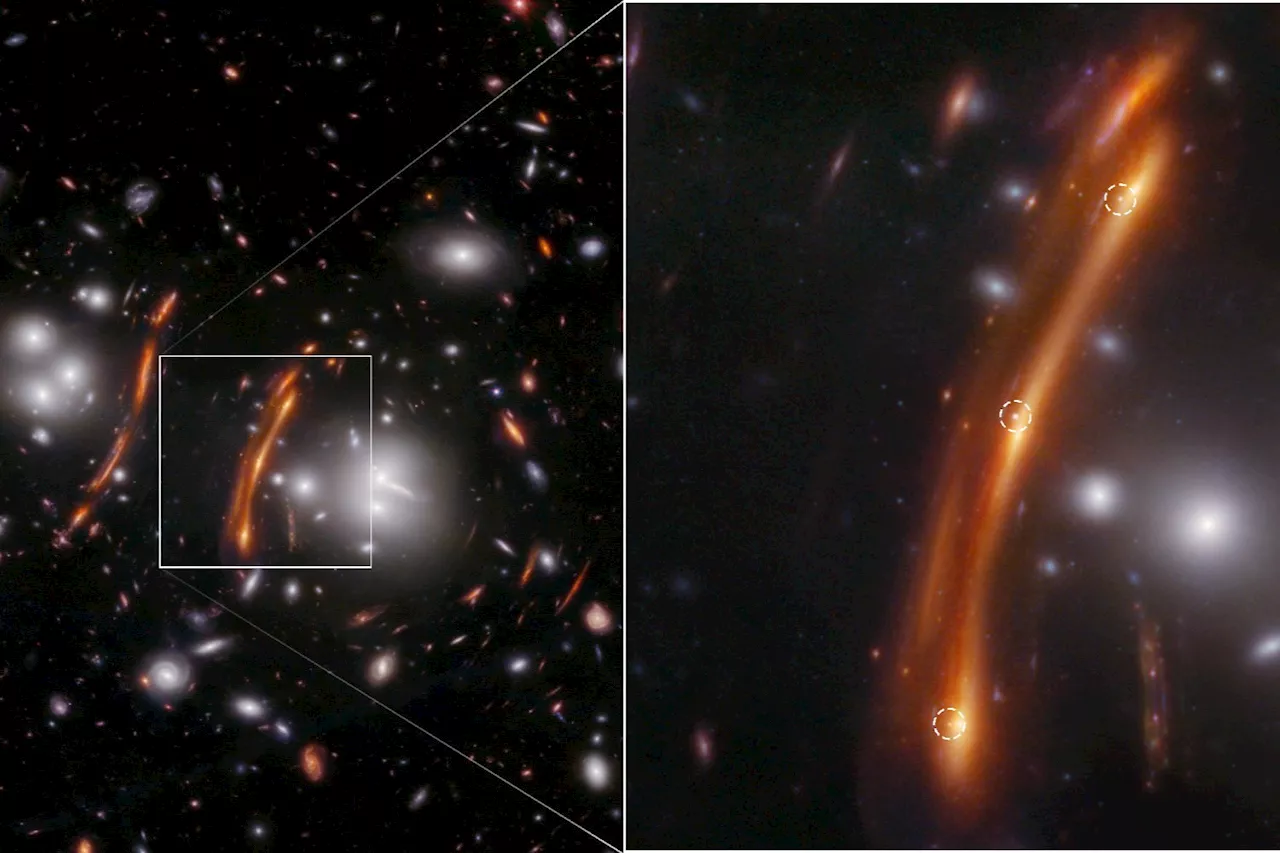A gravitational lens tripled the event in the night sky and helped astronomers measure the rate at which the universe is expanding.
Image: NASA, ESA, CSA, STScI, Brenda Frye , Rogier Windhorst , S. Cohen , Jordan C. J. D'Silva , Anton M. Koekemoer , Jake Summers
By bending the light from those farther-out—and thus, more ancient—sources, the gravitational lenses make those sources easier to see from Earth . This particular gravitational lens magnified a supernova—the brilliant explosion that marks the death of some stars—and multiplied it in the sky.The galaxy cluster is named PLCK G165.7+67.0, mercifully nicknamed G165.
Frye compared the supernova appearing three times to a person being seen from three different angles in a three-paneled vanity mirror. “In the trifold mirror analogy, a time-delay ensued in which the right-hand mirror depicted a person lifting a comb, the left-hand mirror showed hair being combed, and the middle mirror displayed the person putting down the comb,” Frye said. Though the supernova is visible in three spots simultaneously, that’s not always the case with such lensed objects.
Philippines Latest News, Philippines Headlines
Similar News:You can also read news stories similar to this one that we have collected from other news sources.
 1st results of XRISM X-ray space telescope reveals black hole and supernova secretsRobert Lea is a science journalist in the U.K. whose articles have been published in Physics World, New Scientist, Astronomy Magazine, All About Space, Newsweek and ZME Science. He also writes about science communication for Elsevier and the European Journal of Physics. Rob holds a bachelor of science degree in physics and astronomy from the U.K.
1st results of XRISM X-ray space telescope reveals black hole and supernova secretsRobert Lea is a science journalist in the U.K. whose articles have been published in Physics World, New Scientist, Astronomy Magazine, All About Space, Newsweek and ZME Science. He also writes about science communication for Elsevier and the European Journal of Physics. Rob holds a bachelor of science degree in physics and astronomy from the U.K.
Read more »
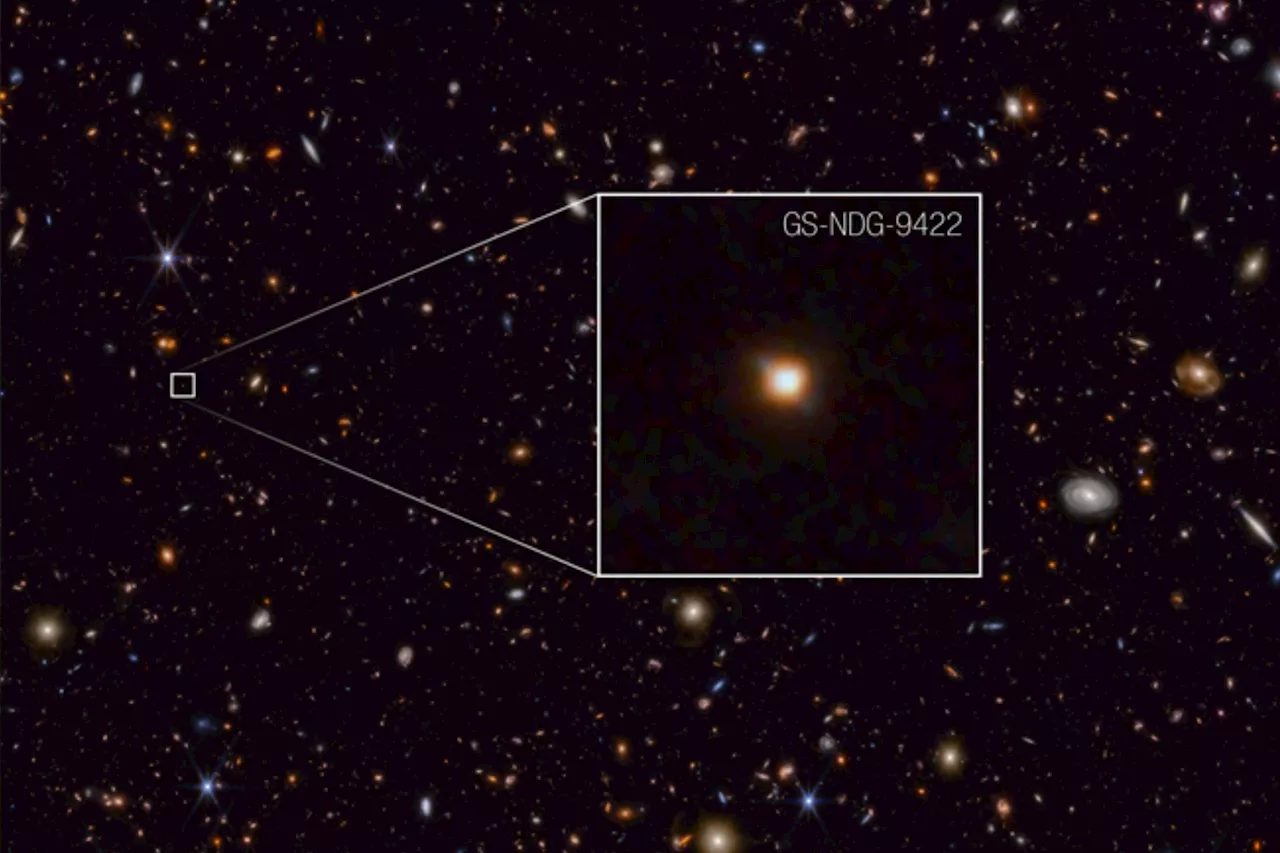 'Weird' Ancient Galaxy Discovered by James Webb Space TelescopeThe gas clouds of galaxy GS-NDG-9422 have been observed shining brighter than its stars, something which is very rare, astronomers say.
'Weird' Ancient Galaxy Discovered by James Webb Space TelescopeThe gas clouds of galaxy GS-NDG-9422 have been observed shining brighter than its stars, something which is very rare, astronomers say.
Read more »
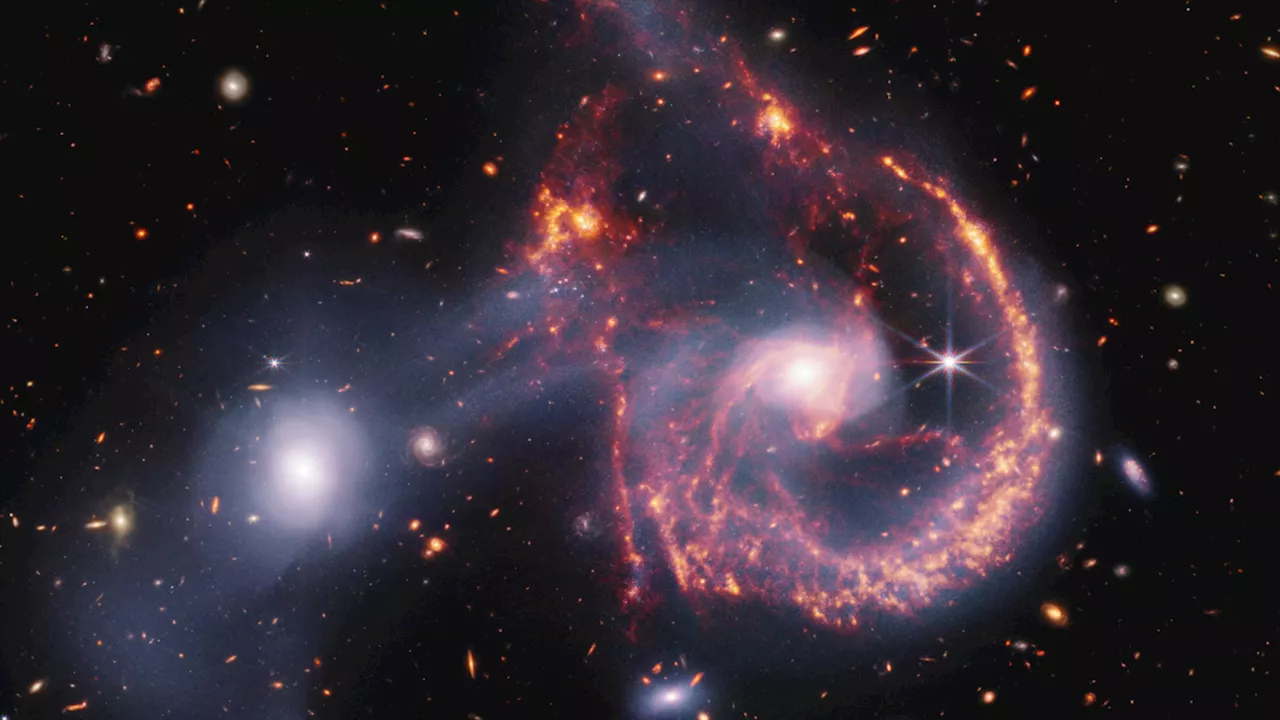 James Webb Space Telescope witnesses a 'smiling' galactic collision (images)Robert Lea is a science journalist in the U.K. whose articles have been published in Physics World, New Scientist, Astronomy Magazine, All About Space, Newsweek and ZME Science. He also writes about science communication for Elsevier and the European Journal of Physics. Rob holds a bachelor of science degree in physics and astronomy from the U.K.
James Webb Space Telescope witnesses a 'smiling' galactic collision (images)Robert Lea is a science journalist in the U.K. whose articles have been published in Physics World, New Scientist, Astronomy Magazine, All About Space, Newsweek and ZME Science. He also writes about science communication for Elsevier and the European Journal of Physics. Rob holds a bachelor of science degree in physics and astronomy from the U.K.
Read more »
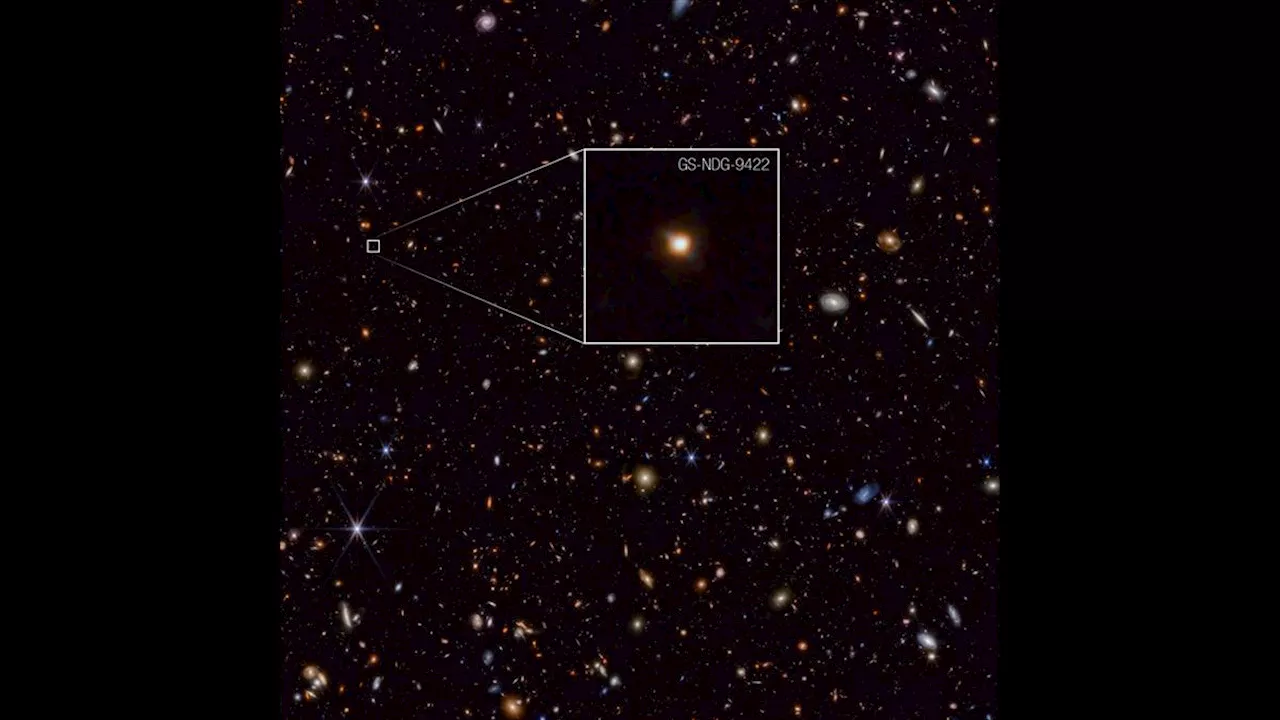 'That's weird': James Webb Space Telescope spies a strange galaxy outshining its starsSharmila Kuthunur is a Seattle-based science journalist covering astronomy, astrophysics and space exploration. Follow her on X skuthunur.
'That's weird': James Webb Space Telescope spies a strange galaxy outshining its starsSharmila Kuthunur is a Seattle-based science journalist covering astronomy, astrophysics and space exploration. Follow her on X skuthunur.
Read more »
 ESO telescope captures the most detailed infrared map ever of our Milky WayAstronomers have published a gigantic infrared map of the Milky Way containing more than 1.5 billion objects -- the most detailed one ever made. Using the European Southern Observatory's VISTA telescope, the team monitored the central regions of our Galaxy over more than 13 years.
ESO telescope captures the most detailed infrared map ever of our Milky WayAstronomers have published a gigantic infrared map of the Milky Way containing more than 1.5 billion objects -- the most detailed one ever made. Using the European Southern Observatory's VISTA telescope, the team monitored the central regions of our Galaxy over more than 13 years.
Read more »
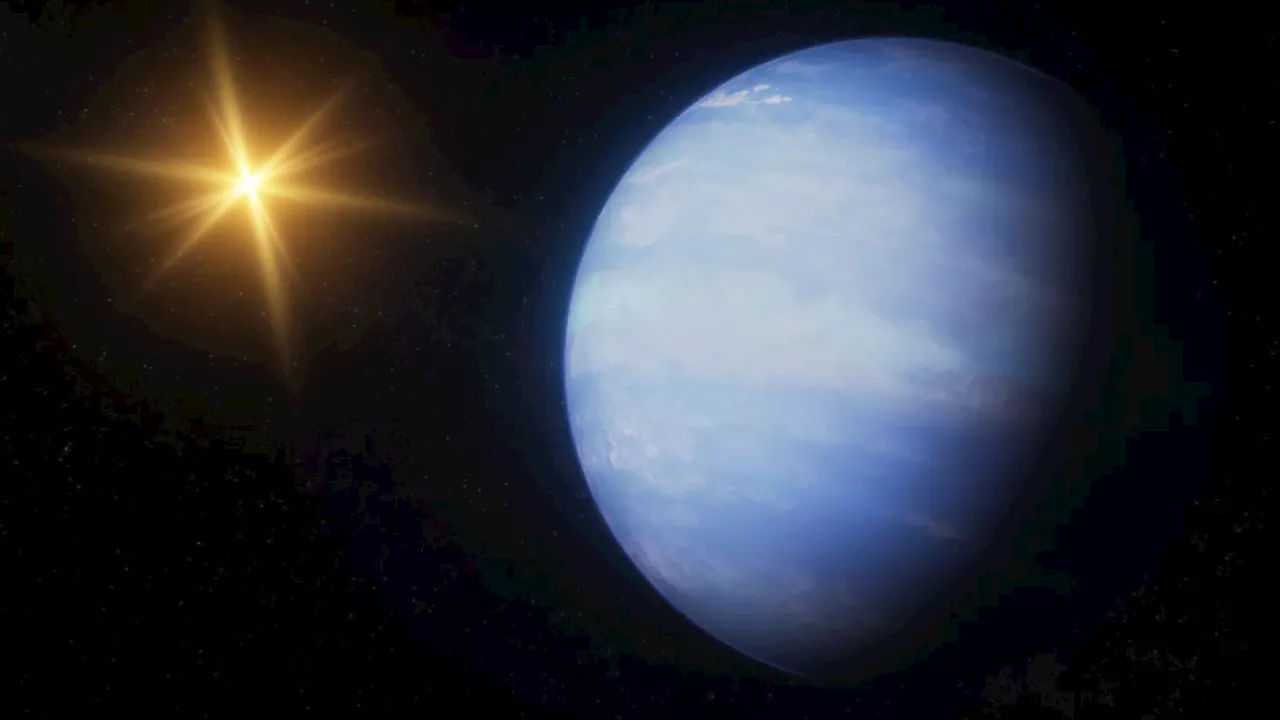 James Webb Space Telescope finds 'puffball' exoplanet is uniquely lopsidedRobert Lea is a science journalist in the U.K. whose articles have been published in Physics World, New Scientist, Astronomy Magazine, All About Space, Newsweek and ZME Science. He also writes about science communication for Elsevier and the European Journal of Physics. Rob holds a bachelor of science degree in physics and astronomy from the U.K.
James Webb Space Telescope finds 'puffball' exoplanet is uniquely lopsidedRobert Lea is a science journalist in the U.K. whose articles have been published in Physics World, New Scientist, Astronomy Magazine, All About Space, Newsweek and ZME Science. He also writes about science communication for Elsevier and the European Journal of Physics. Rob holds a bachelor of science degree in physics and astronomy from the U.K.
Read more »
